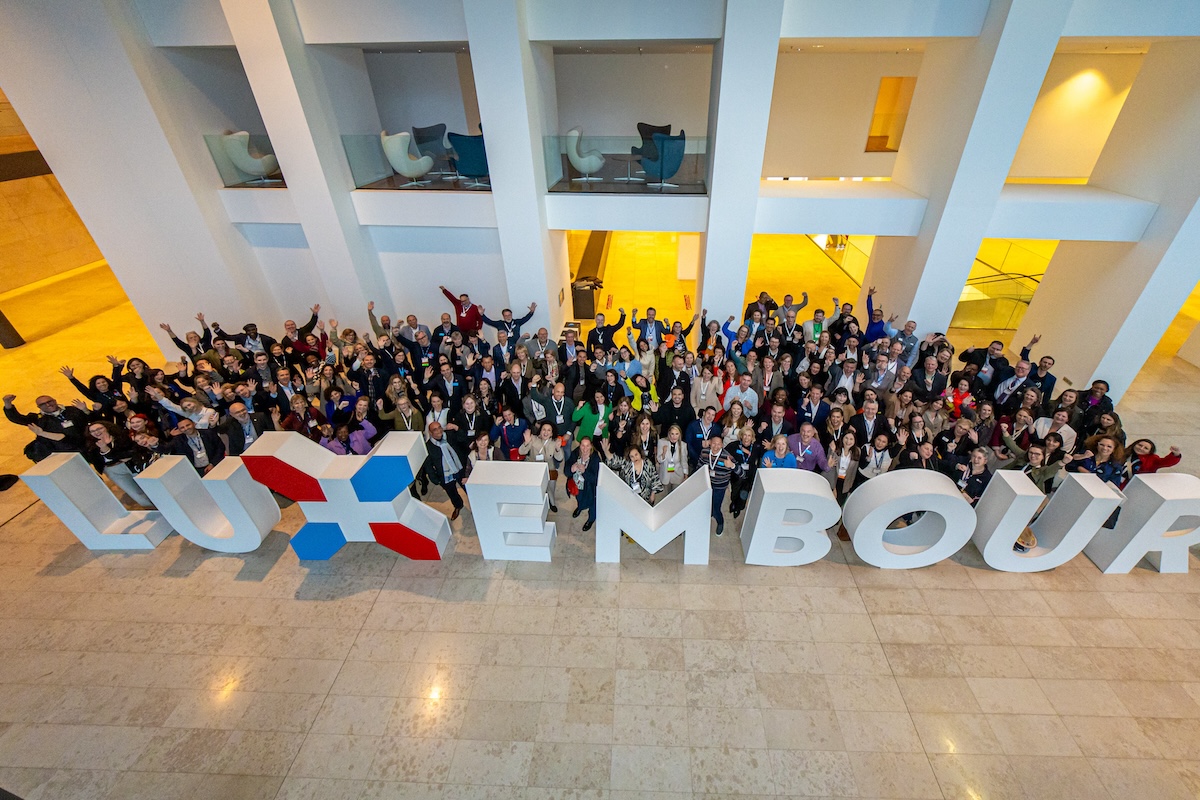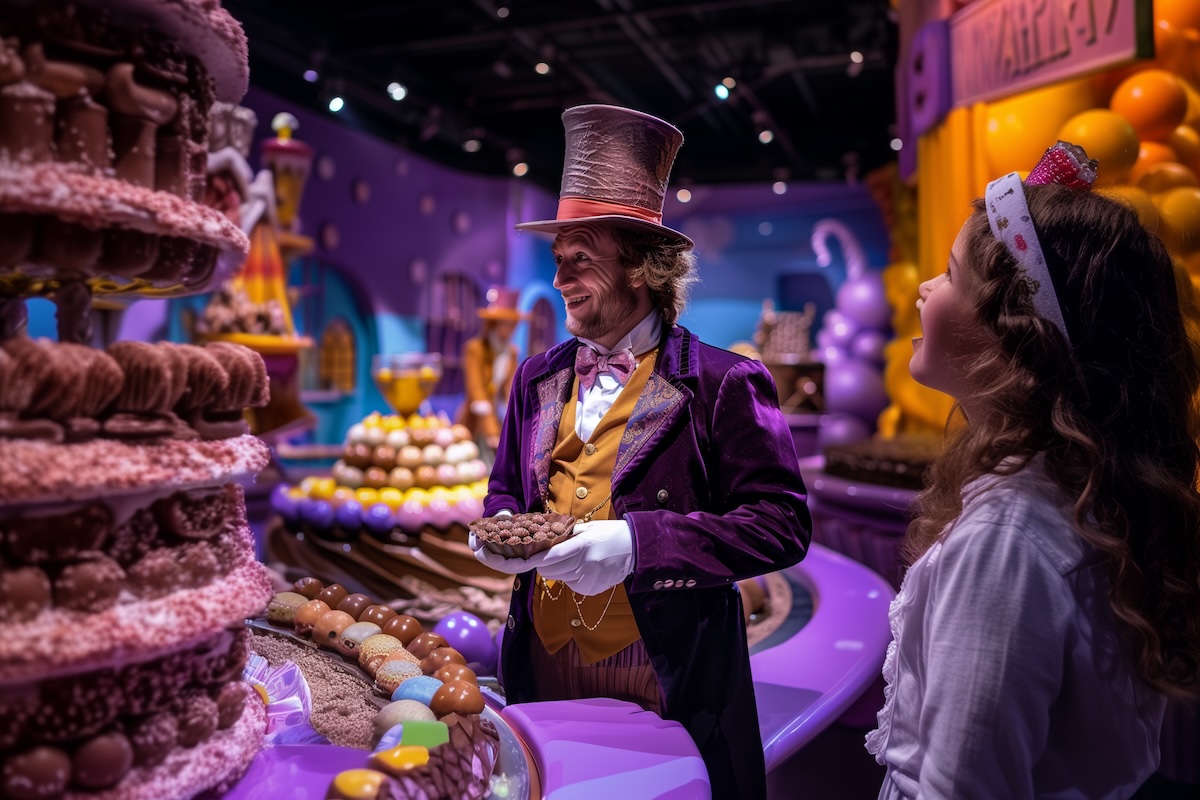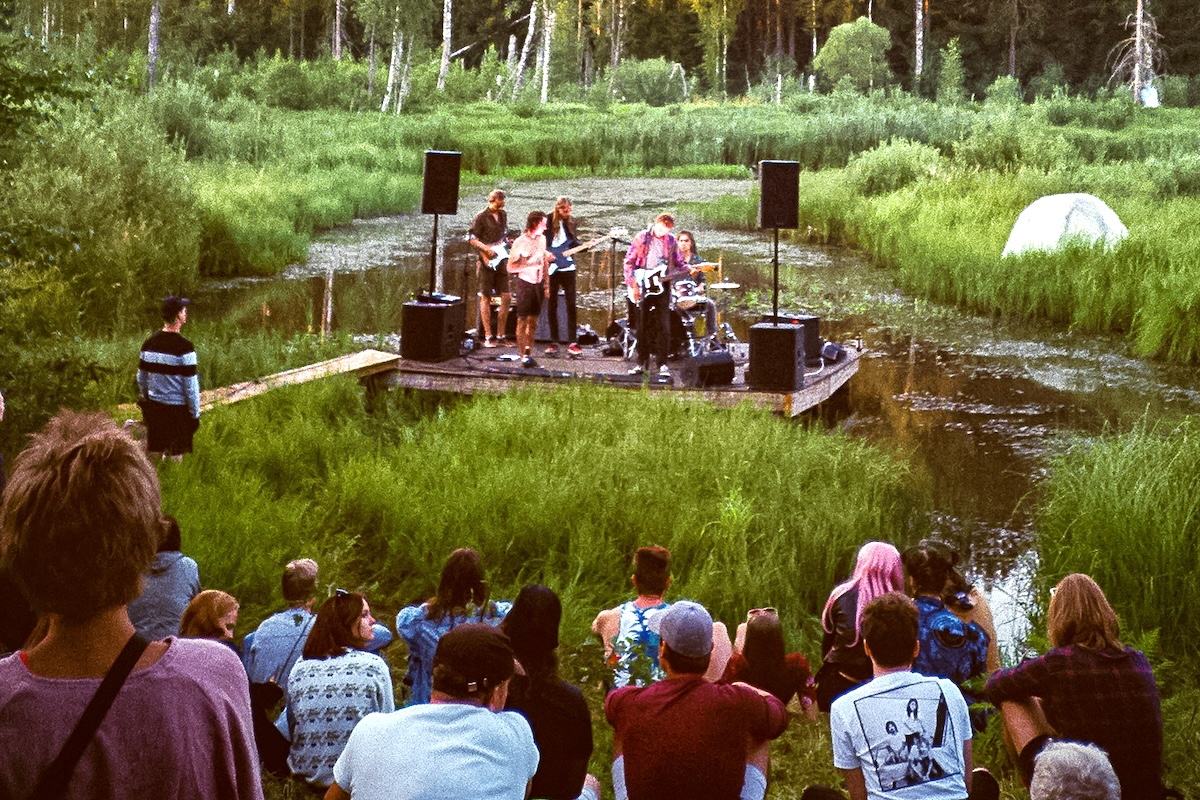Skift Take
Keynote speakers and other presenters provide much of the draw for events but getting the intro wrong can potentially kill the vibe.
Well-produced events create a clear narrative from beginning to end. Similar to the manner in which characters are introduced in movies and novels, a poor introduction can negatively impact the audience’s perception of a speaker, hinder a speaker’s energy, and possibly the event as a whole.
While introducing speakers seems straightforward, being mindful of specific factors is crucial. Emcees must balance anecdotal with professional information, outlined ahead of time instead of off-the-cuff, ensuring that introductions are not overly self-indulgent or dismissive of the audience.
The desire to keep moderators from delivering energy-sucking intros has caused some event organizers to eliminate any and all emcees from event programming.
Introduce with Purpose
According to Clare Forestier, a UK-based corporate event host, audiences are keen on detecting filler content. When providing a speaker with an introduction, Forestier says it’s important to ask, “Does the audience care?”
This is especially evident when the speaker introduced has notoriety and is acquainted with the announcer, who becomes eager to prove their familiarity. “If you’re just talking about your famous friendship, that comes off as very cliquey, and it doesn’t work for everyone in the room,” she said.
Such potential missteps fail to illustrate why the speaker is relevant to the event or clarify their usefulness to an audience. Forestier also suggests keeping the long-winded recitals of a speaker’s accomplishments to only what’s important to the gathering of attendees. “If they really want to know specifics about the speaker, most of it’s out there—you don’t need to hear it.”
Forestier says it’s important for event organizers to consider audience demographics to gauge the audience’s knowledge of a particular topic.
“That’s a question I’m having each time with the organizer,” she said. “Has everyone heard of the concept that will be discussed?” Forestier says that most audiences are divided into thirds: those with a high level of knowledge on the topic, those familiar, and those who can be categorized as uninitiated.
“So being aware of those factors are quite useful because it helps me craft an introduction that isn’t too technical,” she said, noting that making sure all attendees are on the same page helps spark inspiration and a feeling of inclusivity among the audience.
Connecting Narrative
According to Forestier, knowing a particular audience isn’t the only important acquaintance to make.
“It’s really important to give your emcee time to meet everybody and really understand the agenda because then they can see how the event’s theme is connected,” she said. Gaining insight into an event’s overall narrative allows moderators to understand better what comes next.
The narrative of an event typically includes creating memory points based on the content delivered during specific sessions. A moderator with a firm grasp of the various concepts can remind the audience what they previously learned and the logical progression of what’s to follow.
“If you can make introductions part of the whole story of an event, then obviously the emcee is going to know how to make introductions because you’ve had the beginning, the middle and the end.”
Opting Out of Speaker Introductions
In some cases, moderators have been overtaken by the voice of God, according to Co-founder of Canada’s GO WEST Brent Taylor. The large annual event highlights Canada’s event industry and professionals in Edmonton, Alberta. Heading into the event’s sixth year, Taylor says the lack of emcees is one of the unique aspects of the event’s format that has been met with accolades – with the odd complaint made by an attendee who prefers traditional introductions.
“Our perspective on the matter is that we didn’t want announcers to get on stage and take up valuable time with blah, blah, blah,” said Taylor. “And it’s almost always perceived as filler.” GO WEST opted to avoid introductions, as speakers have previously provided a page of info that takes up too much time with redundancy.
“Everybody’s connected on their devices to the internet – we can easily look up any person and see what they’re all about,” he said, noting that a speaker’s credibility usually comes with being associated with the event.
“We want to keep things flowing at a steady pace without lags,” Taylor said. “We try to build it so we leave the audience wanting more – our program is delivered more like a performance.”
Taylor explained that the longer sessions held at GO WEST are later followed by smaller breakouts, during which speakers can delve deeper into their respective topics for attendees interested in learning more.
“What’s unique about our event is there’s no emcee, everything’s done by voice of God and there are no breaks,” Taylor said. During the main stage sessions, each speaker presents for 10 to 40 minutes and is ushered on and off stage by a prerecorded voice-of-God announcement made over the PA system. Attendees are provided with a speaker lineup and are free to take a break at any point during the sessions. “The idea is that you take a break when a speaker is presenting on a topic you have little interest in,” he said.
Photo credit: david laws / Unsplash





